Search Images
Browse Content (p. 1080)
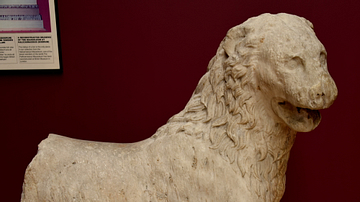
Image
Statue of a Lion from Halicarnassus
This marble statue of a lion came from the Mausoleum at Halicarnassus, Bodrum, in modern-day Turkey. Late Classical Period, circa mid-4th century BCE. (Museum of Archaeology, Istanbul, Turkey).
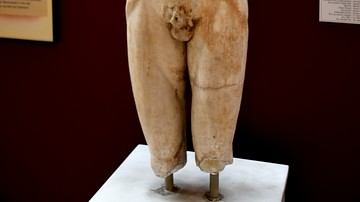
Image
Statue of Marsyas from Tarsos
Marsyas was the Phrygian satyr who was skinned alive when he challenged Apollo to a musical contest and lost. Marsyas was usually sculpted alone, as an isolated statue. However, this statue was found as part of a group of statues, depicting...
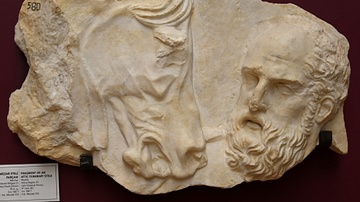
Image
Attic Funerary Stele
Only this fragment of a large funerary stele has survived. It shows an old bearded man, who has frontal baldness, facing a horse head. Marble. Late Classical Period, 4th century BCE. probably from Attica Region, in modern-day Greece. (Museum...
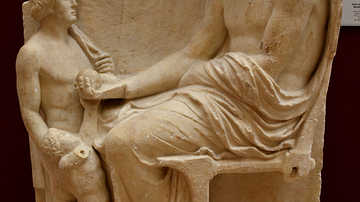
Image
Funerary Stele from Amisus Showing a Farewell Scene
In this funerary stele, the deceased sits on a chair and appears to give a rounded object to a child (or maybe the reverse), who stands in front of him. Marble. Classical Period, near the end of the 5th century BCE. From Amisus, Samsun, in...
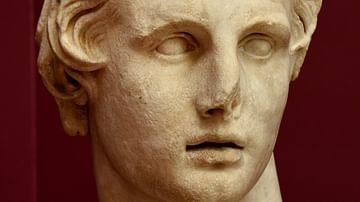
Image
Head of Alexander the Great from Pergamon
This head was found during the excavations of the lower agora of Pergamon; it seems that it had fallen there from one of the buildings on the higher city. The head reveals all of the characteristic features of the sculpted heads of Alexander...
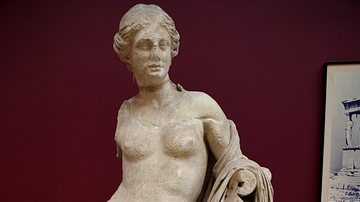
Image
Statue of Hermaphroditus from Pergamon
Hermaphroditus (or Hermaphroditos) was a child of Hermes and Aphrodite. The sex of Hermaphroditus is rendered very discreetly. The lower part of the body (including the hips and external genitals) is of a young man, while the upper part of...
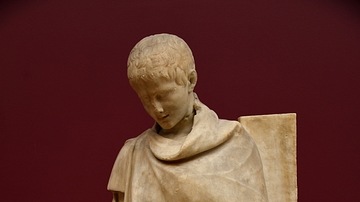
Image
Statue of an Ephebe from Tralles
This is an ephebe, a young athlete, probably around the age of 12 years. He is leaning on a long rectangular pillar; the latter would have been originally topped by a herm or some kind of a relief. He must have just finished his exercise...
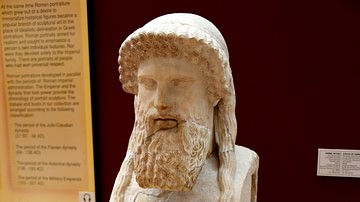
Image
Statue of Hermes of Alkamenes from Pergamon
The inscription on the frontal part of the pillar reads, in Greek, "You will recognize the fine statue by Alkamenes, the Hermes before the Gates, Pergamios gave it, know thyself". This is a copy of an original sculpted by the Greek sculptor...
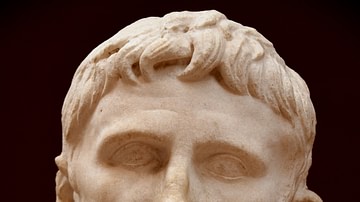
Image
Bust of the Emperor Augustus
The facial features and the scalp hair reflect the typical characteristics of the Roman Emperor Augustus (Octavianus). Marble. Roman Period, 27 BCE to 14 CE. From Pergamon, Bergama, in modern-day Turkey. (Museum of Archaeology, Istanbul...
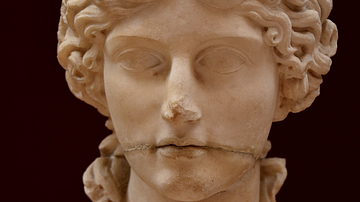
Image
Bust of Agrippina the Elder from Pergamon
Agrippina the Elder was the daughter of Marcus Vipsanius Agrippa and Julia the Elder, as well as being the spouse of Germanicus. Marble. First half of the first century CE. From Pergamon, Bergama, in modern-day Turkey. (Museum of Archaeology...